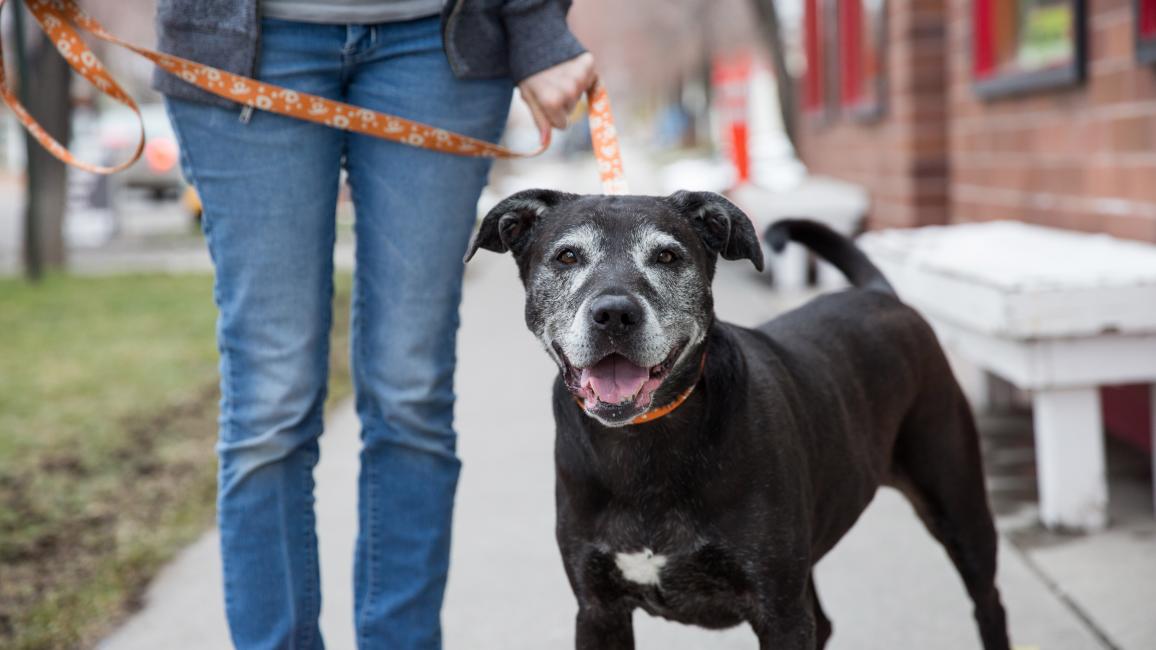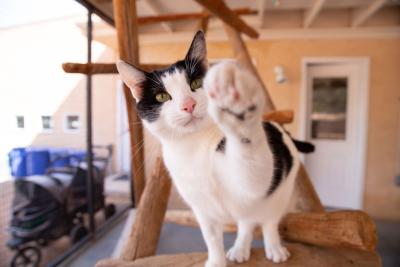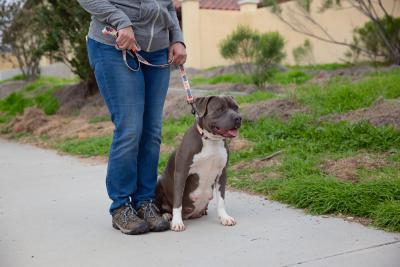Ask Faith: The perils of declawing cats, easing a dog’s fear after bite trauma

Editor’s note: Faith Maloney, one of the founders of Best Friends Animal Society, consults on various aspects of animal care at the Sanctuary. In the early days of Best Friends, she started Dogtown and spent much of the day involved in the direct care and feeding of the animals. She’s also a frequent contributor to Best Friends magazine. The following advice was originally published in her magazine column, “Ask Faith.”

Sharing the facts about declawing
Dear Faith:
My neighbor picked up two cats from a farm and she insists on having the cats declawed. I gave her information about how cruel this procedure is, but to no avail. She also thinks the cats need no pain medication. I am so worried about those cats. What can I do?
– Compassionate cat lover
Dear Compassionate:
I commend you for trying to dissuade your neighbor from declawing her cats; however, if your community allows this procedure to be performed, there is nothing you can do. As you know, declawing involves the surgical removal of the first joint on a cat’s paw. It’s not just an extreme nail trim. If you explained that to her and she still wants the cats declawed, then you are just going to have to accept that life is hard for many animals.
One hopeful sign is that many communities have passed laws banning the declawing of cats. In 2003, West Hollywood, California, became the first city in America to ban declawing and other California cities have followed suit, including Berkeley, Beverly Hills, Burbank, Culver City, Los Angeles, San Francisco and Santa Monica. Currently, New York and Maryland have statewide bans, but many other states now have bills going through their legislatures.

Helping a dog move past fear after being bitten
Dear Faith:
A short time ago, we had an incident with our dog, Daisy, who we adopted about a year ago as a puppy. Daisy fits right into our hectic household, and she has grown up to be a large, loving, playful and intelligent dog. She has always socialized well with other dogs at the dog park and with our friends’ dogs. Recently, however, she was bitten badly in the face by another dog when I was walking her on a narrow path near our home. I pulled Daisy in to share the path as we moved past, but the other dog jumped toward her and bit her face. Daisy didn’t fight back.
Daisy has a deep tissue wound below her eye and a less severe bite mark on her nose. Since the incident, she will at times get very aggressive as another dog passes near us or a short distance away. Other times, she behaves as she has in the past and will walk calmly with us or sit and stay nicely as they pass. We never know what her reaction to each dog is going to be. Do you have any advice on how we can help Daisy heal from this trauma?
– Concerned family
Dear Concerned:
Traumatic events can cause emotional and behavioral injuries that often take longer to heal than the physical injuries. It may be helpful to change the route you and Daisy walk or discontinue walks for a while, if possible. Revisiting the site of the attack may trigger scary memories for her and for you, too, especially when you encounter unfamiliar dogs on the path.
Daisy’s reaction is normal and is motivated by fear. She’s obviously perceiving some dogs as dangerous, which causes her to respond with behaviors (barking, growling and lunging) intended to make the other dog go away. You can best help Daisy by giving her some skills to help her feel more in control and, therefore, less fearful. Here are some suggestions:
- Step far off the path as you see a dog approaching, long before Daisy begins to react, and feed her some delicious treats as the dog passes. In time, she will associate the approach of another dog with an opportunity for treats instead of a threat.
- Make sure Daisy is walking on the outside of the path, while you are on the inside, so that your body can be a buffer between her and another dog. If another dog tries to come too close, you can simply step between them. Daisy needs to understand that you will protect her.
- Pay attention to your leash handling and body reactions. It is natural to react to the memories of the trauma by tightening the leash, holding your breath and becoming stiffer as another dog approaches. Daisy can sense these changes in your stress level and may react accordingly. You can help change her reaction by practicing this at home: Put Daisy on her leash, hold your breath and tighten up on the leash, and then give Daisy a delicious treat. Do this about five times per session until you see that Daisy is having a more relaxed reaction.

Pet stories delivered to your house
This article originally appeared in Best Friends magazine. You can subscribe to the magazine by becoming a Best Friends member.